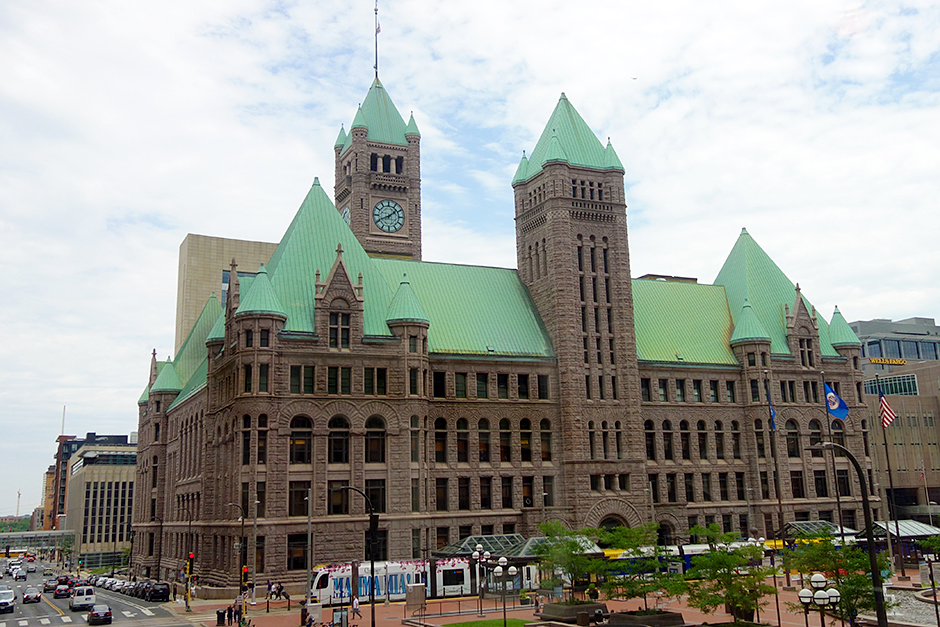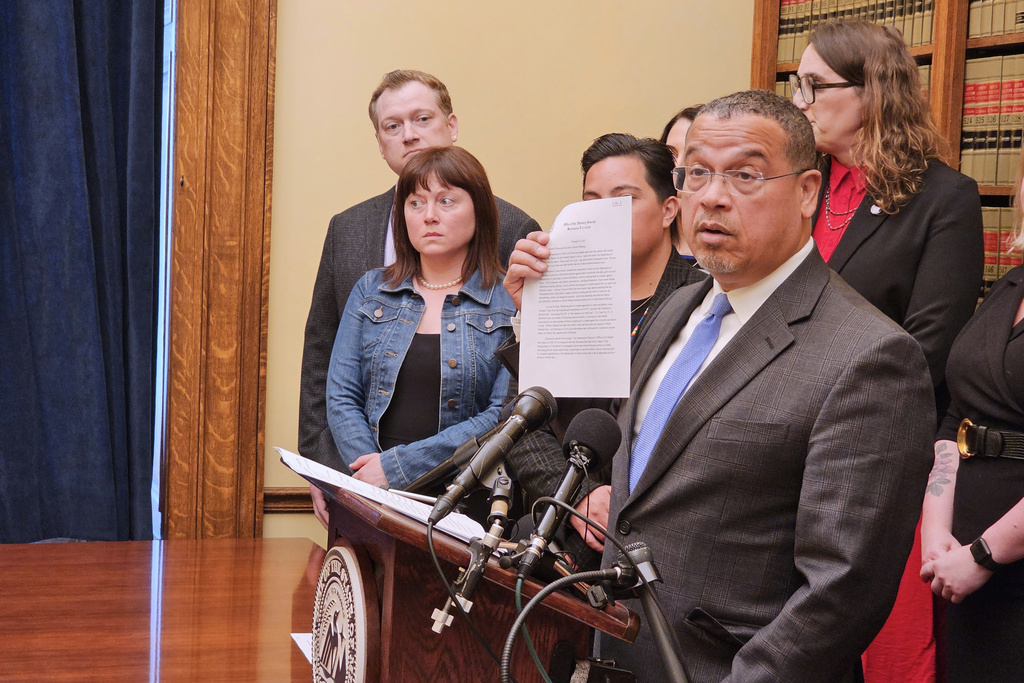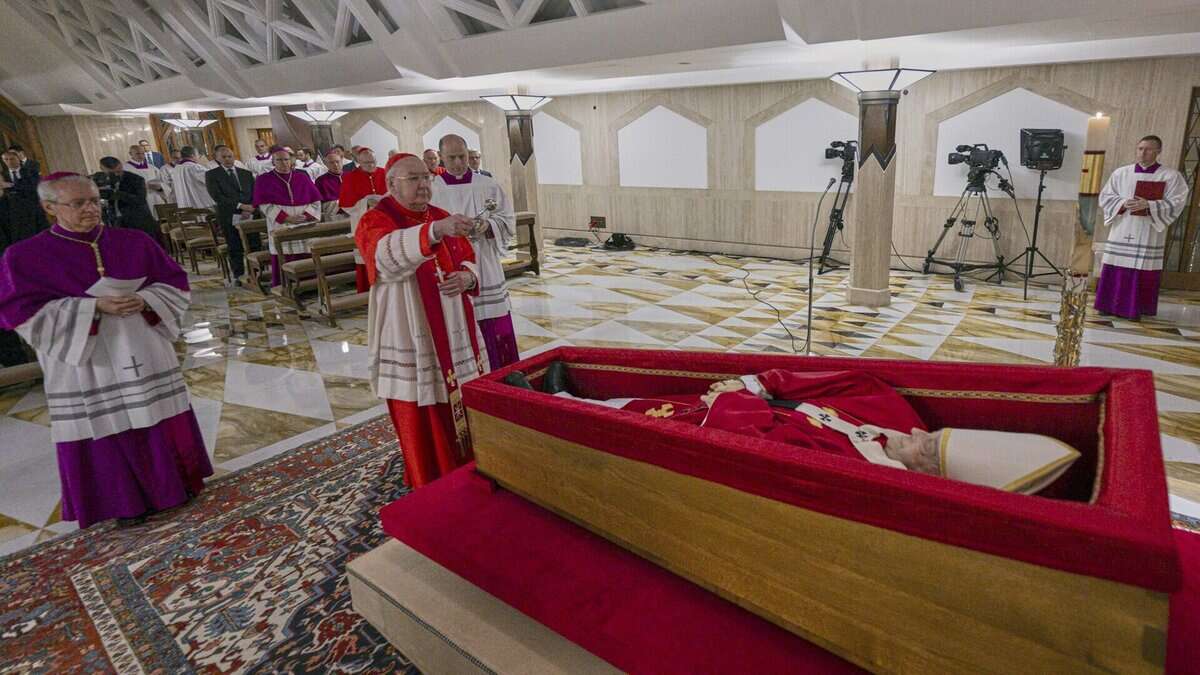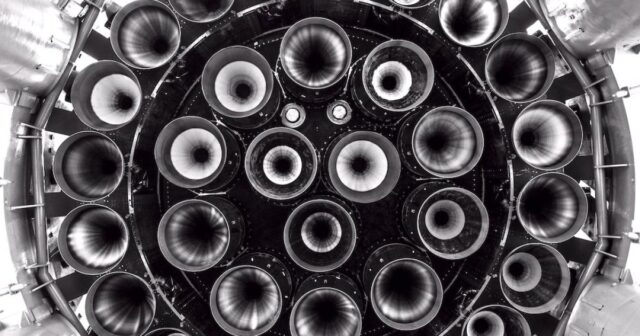SpaceX has offered holiday greetings via a spot of synchronized rocket-engine nozzle steering.
The quirky 65-second video — which includes the message: “Wishing you a warm holiday season and a lit New Year” — begins with a view looking directly up at the base of SpaceX’s Super Heavy booster, the most powerful rocket ever to fly. It shows the Super Heavy’s 33 Raptor engines, which up to now have powered the first-stage Super Heavy and upper-stage Starship spacecraft to orbit on six test flights from SpaceX’s Starbase site in Boca Chica, Texas. The next test flight is expected to take place in early January.
Wishing you a warm holiday season and a lit New Year pic.twitter.com/en4NyLbSk1
— SpaceX (@SpaceX) December 22, 2024
Please enable Javascript to view this content
When the music starts, the engine nozzles spring into action, steering into different positions in a display of satisfying harmony.
What we’re actually witnessing here is a wonderful example of the nozzles’ Thrust Vector Control (TVC) mechanism, a technique used in rocketry and aerospace engineering to steer a rocket or vehicle by altering the direction of thrust from its powered-up engines.
The Super Heavy uses a gimbal-based TVC system that allows the nozzles to pivot along one or more axes, typically pitch and yaw.
Adjusting the angle of the engine’s thrust offers control of the rocket’s orientation and trajectory, enabling precise maneuvers during launch, flight, and landing. Such systems are key for rockets that operate in environments where aerodynamic control is ineffective, such as in the vacuum of space.
SpaceX’s video ends with the Raptor engines firing at full power, with the dramatic video likely taken from a static fire test or possibly one of its test flights.
Once the rocket has been fully tested and licensed, SpaceX and NASA will use the 120-meter-tall vehicle to send crew and cargo to the moon as the U.S. space agency turns its attention to building a permanent lunar base where astronauts can live and work in a similar way to how they do on the International Space Station today. Looking further ahead, the rocket could also be used for the first human mission to Mars, possibly in the 2030s.
Staying with the festive theme, be sure to check out NASA’s rocket fireplace, which the agency said is “guaranteed to blow your guests away.”

















































